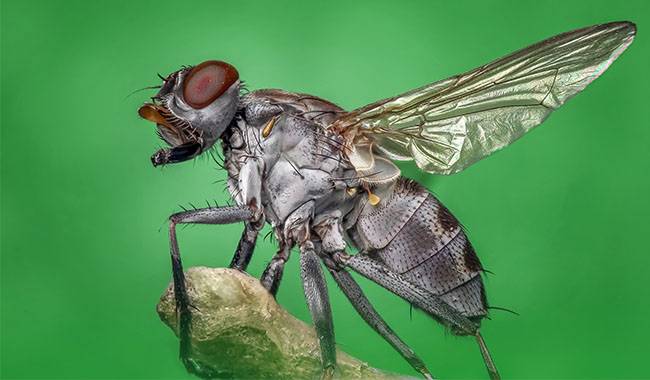
This fly (Delia Antiqua) is called onion fly or onion maggot because it most often infests onion plants, but it will sometimes attack garlic and even bulb flowers. Signs of the onion or leek fly can usually be seen with the naked eye.
If the onions on your garden suddenly grow slowly, if their leaf plumes begin to turn yellow, wilt, and dry, and if the onions give off an odor that is completely unlike onions, then it is definitely infested with Delia Antiqua (Onion fly).
If you dig up the affected plant onion bulbs, you can see patches that resemble decay and later the onions become so soft that they can neither be stored nor eaten.
WHAT DOES DELIA ANTIQUA (ONION FLY) LOOK LIKE?
This insect really looks like a small fly and is light gray in color. The fly is about 0.4inch (1cm) long and can be distinguished from males by the dark stripe on its abdomen: only males have this stripe.
Female Delia Antiqua (Onion fly) are very fertile and during their lifetime, if they come out of the ground, they can lay up to six dozen white eggs with distinctive longitudinal stripes on the leaf plates of onions or on the bulb itself. Each egg is about 1 mm long.
A fairly short period of six to eight days usually elapses between oviposition and the emergence of the larvae. After the larva has had its fill, it pupates and the young individual of the fly, male or female emerges from the cocoon. Delia Antiqua (Onion fly) starts its life cycle very early, usually as early as April, which is why it is considered a very dangerous pest.
WHAT IS USED TO TREAT PLANTS FOR DELIA ANTIQUA (ONION FLY)?
To prevent Delia Antiqua (Onion fly) in large plantations, modern, approved insecticides are used in cases where folk remedies do not help. For example, neonicotinoids thiamethoxam and imidacloprid, and organophosphorus compounds. Diazinon and leuconazole are popular.
Pyrethroids, such as “Permethrin for veterinary use in dogs, cattle, sheep…”, have also proven to be effective against Delia Antiqua (Onion fly).
These preparations are used in a liquid form dissolved in water and are sprayed to control Delia Antiqua (Onion fly). When using these preparations for treatment, you must strictly follow the instructions on the package. The active substances of these preparations affect the adult insects precisely, causing their death.
For those who do not accept the use of chemicals in their plots, an alternative method of Delia Antiqua (Onion fly) control can be recommended, as we will now tell you.
CONTROL OF DELIA ANTIQUA (ONION FLY) BY CONVENTIONAL MEANS
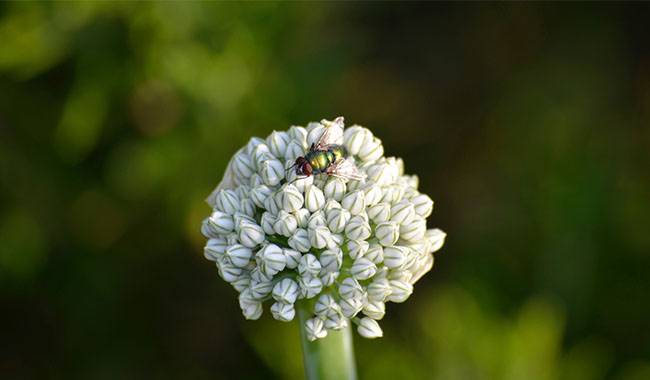
Tobacco dust
Tobacco dust is popular among gardeners, so it is freely available and there is no need to grind it into dust as many people believe. To use tobacco dust to prevent Delia Antiqua (Onion fly), it can simply be sprinkled on the surface of the soil plot where the onions are growing, spending about a tablespoon per 11 square feet of soil, free of pebbles and dust.
If pests have appeared, i.e. flies have started, tobacco powder can be mixed with ordinary river sand or, more effectively, with naphthalene in equal parts (this is more effective because naphthalene smells strong and repels flies).
It is said that Delia Antiqua (Onion fly) is not harmed if a mixture of wood ash and paprika or a mixture of paprika and tobacco powder (one tablespoon of this mixture per 11 square feet of soil) is sprinkled liberally on the soil of a vegetable garden.
Areas, where the Onion fly comes in and may have already laid eggs or have been infested last season, can be sprayed with a tobacco dip. To do this, dissolve 250 grams of tobacco in a bucket of water, let it soak for a few days, filter it, load it into a sprayer and you can treat the plants at a cost of about 0.26 Gal of solution per 11 square feet.
Ammonia against Delia Antiqua (Onion fly)
If Delia Antiqua (Onion fly) are flying actively and are likely to be about to emerge as larvae, then you can hit them with ammonia alcohol at the earliest stages, when they are particularly sensitive. To do this, dissolve three tablespoons of ammonia in a bucket of water and treat onion plants with this ingredient in the afternoon, near evening.
Considering the rapid development and fertility of Delia Antiqua (Onion fly), treating onion plants with ammonia alcohol can be done two or three times per season. The frequency of treatment is usually every 30 days.
Woody ashes
In addition to being a fairly good source of potassium (up to 5%), wood ash is also a fly repellent. Wood ash is now available from garden stores and florists, but it is also possible to make your own, which is not complicated. To make wood ash, you need to collect dried branches, billets, bark, and other wood parts and burn them to ashes.
To prevent Delia Antiqua (Onion fly), the soil can be completely covered with wood ash in a layer of a few millimeters, or it can be treated with wood ash dissolved in water.
To do this, dilute about 500 grams of wood ash in a bucket of water, leave it in a warm room for a day, filter it, fill a sprayer and you can treat the onion plants, treating the leaves and the surrounding soil as completely as possible. Consumption rate: 0.4 Gal per 11 square feet of bed.
Salt solution for the control of Delia Antiqua (Onion fly)
This method is considered to be effective, but it is quite harmful to the soil because the use of salt causes soil salinization. Treatment of Delia Antiqua (Onion fly) with salt-based compounds should not be done for more than one season and only if crop rotation is taken into account, i.e. if onions are grown in the same area every four years.
As a rule, onions are treated with a salt solution two weeks after germination. To do this, dilute 200 grams of salt (not more!) in a bucket of water and inject the solution into the soil, taking care not to get it on the onion leaves. It is best to carry out this treatment at night and to wet the area well with soft water in the early morning.
HOW TO CONTROL DELIA ANTIQUA (ONION FLY) LARVAE?
So, we have already talked about how to control Delia Antiqua (Onion fly), now let’s talk about how to control its larvae. If the infestation has started and you not only see the fly but also notice that the onion leaves are turning yellow, then you need to sprinkle a mixture of river sand and naphthalene in the garden where the infestation is occurring as soon as possible.
In this case, you need 10 parts of naphthalene to 1 part of sand. Sprinkle it on, do not form a layer, just let the soil be slightly covered.
Treatment with infusions of needles, valerian, mint, and wormwood can be effective against Delia Antiqua (Onion fly) larvae. Needle pine requires 50-100 grams per 0.26 Gal, one dose per 11 square feet; valerian – about 500 grams per bucket of water, which is the standard for 30-40 square feet.
Mint can be more, for the sharp aroma, about a third of a bucket, consuming also 30-40 square feet, and wormwood – a quarter of a bucket of poured water, given a day to stand can be used, spending on a seedbed of 20-30 square feet.
Planters are quite happy with treating Delia Antiqua (Onion fly) with laundry soap or liquid antibacterial soap. Laundry soap requires about half a bar of soap per bucket of water, while antibacterial liquid soap requires about 50 grams per bucket of water. Keep in mind that soap dissolves best in soft water (no flakes), preferably in rainwater.
The soap can be applied to the soil and leaves to moisten the surface well, especially for those plants whose feathers have begun to turn yellow. In the case of soap, treatments can be applied at intervals of up to three times a week.
Another interesting option: the oldest insecticide is kerosene. Kerosene can also be used to control Delia Antiqua (Onion fly) larvae. Kerosene is good because it is virtually safe for humans and soil, but destructive to Delia Antiqua (Onion fly) larvae.
Of course, you cannot use pure kerosene, it must be heavily diluted. To deal with the larvae, you only need 50 grams of kerosene per bucket of water, put it in a sprayer, and apply it to the soil near each bulb, especially those whose leaves have begun to turn yellow.
Don’t forget that, to consolidate the results, you should turn the soil with a spade immediately after harvesting, but without loosening the clods. In this way, the larvae that have accumulated in the soil over the winter will be killed by the frost.
HOW TO PREVENT THE EMERGENCE OF DELIA ANTIQUA (ONION FLY)?
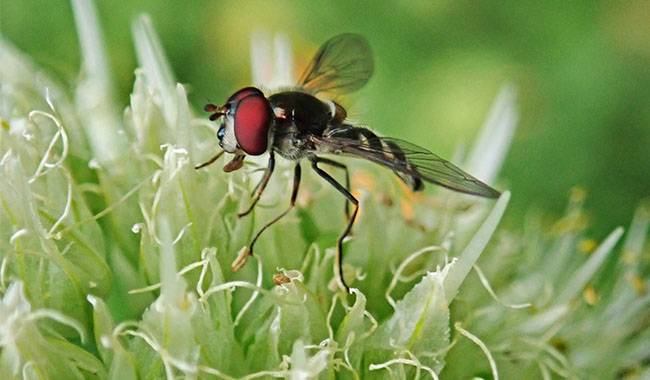
We have described all the basic methods of controlling Delia Antiqua (Onion fly), trying to tell exactly the most effective folk methods of controlling this pest, without the use of chemicals, as our readers like it.
Of course, sometimes it is much easier to prevent the presence of pests on the site than to cure the plant of pests, so preventing the presence of pests on the site also necessarily requires precautions.
Thus, in order to exclude the accumulation of pests in the soil and to prevent mass infection of the plant in the bed where you plan to grow onions, you must return to the same place no earlier than 4 years, during which the larvae of Delia Antiqua (Onion fly) will simply die without food. In addition, by changing the place where you plant your onions, you can save the soil from a strong depletion of one or another element, such as nitrogen, for example, for which onions have a high demand.
In the fall, be sure to dig the plot to the full bayonet of the shovel, as we said above, but try not to break up the soil so that it will freeze even more. Remember that Delia Antiqua (Onion fly) larvae can “burrow” into the soil to a depth of up to 8inch (2 0 cm) and overwinter there. By digging in the area, we minimize the number of overwintering larvae.
Next, try alternating beds planted with onions with beds planted with carrots. Delia Antiqua (Onion fly) has difficulty tolerating the odor of carrots, and carrot flies – the odor of onions – so it is possible to “kill two birds with one stone”, and in addition, onions and carrots are planted next to each other and get along quite well.
Before planting and digging up the onions, try to check the bulbs for larvae. To destroy them, simply place the onion bulbs in brine (one tablespoon per 1.3 Gal) heated to 113°F (45°C) for 8-10 minutes. Placing the bulbs in a 1% manganese solution for two minutes also helps.
Such treatment of the bulbs is necessary because if the bulbs are infected, neither a high degree of agronomy nor a clean plot will save the onion planting from infection, as you will put the larvae in your own soil yourself.
If Delia Antiqua (Onion fly) is heavily infested and the bulbs begin to rot, there is nothing that can be done and these plants should be removed from the ground and burned.
When planting and sowing onions, try to adhere to the recommended dates possible in your area. This is to ensure that by the time Delia Antiqua (Onion fly) begins to summer and larvae emerge, the plants are strong enough and the larvae are least harmful.
It is also important to work around the plot throughout the season, making sure to loosen the soil, not allowing it to crust, and removing weeds more than 33 feet (10 meters) from the plot.
If active flies are observed but you don’t want to use chemicals, minimize irrigation of the plot’s soil to dry out the top layer, then the larvae in the eggs may not hatch. Considering the timing of the larvae emergence we described above, you only need to be patient for a week.
You may be wondering why you need to loosen the soil. Biologically, Delia Antiqua (Onion fly) has developed a protective reflex where they do not lay their eggs in loose soil, deeming it unsuitable for hatching larvae. If you find it difficult to loosen the soil continuously, you can cover it with a layer of humus or wood ash to a thickness of 0.4inch (1cm).
By the way, the humus or ash can be collected and thrown away when the summer of Delia Antiqua (Onion fly) is over. There maybe eggs or larvae there.
If there is a strong infestation or when preparing the soil for growing onions when there is a risk of Delia Antiqua (Onion fly) infestation, it is necessary to remove the snow from this area in winter so that the soil will freeze harder and the larvae of Delia Antiqua (Onion fly) will be killed. The best results will be achieved if you combine digging and turning the soil, without loosening it, and also with snow removal.
CONCLUSION
So we now know a lot about Delia Antiqua (Onion fly), we know that it can lay up to six dozen eggs in its lifetime, it starts flying in April and the larvae hatch in a week or so. We know how to control the fly and how to minimize the risk of its emergence or larval hibernation, all that remains is to put it all into practice, and then we can forget about chemicals forever, and about the year of no production.
More related information about growing Onion plants




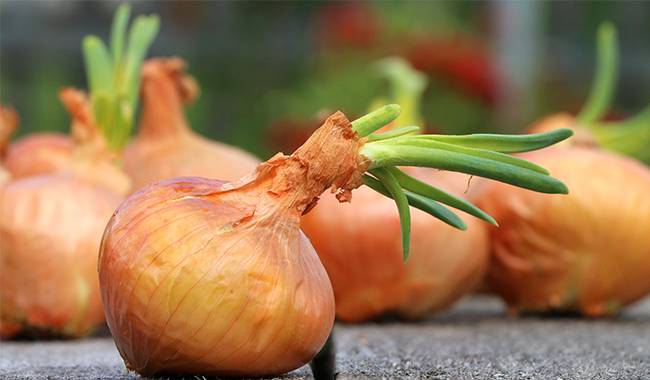
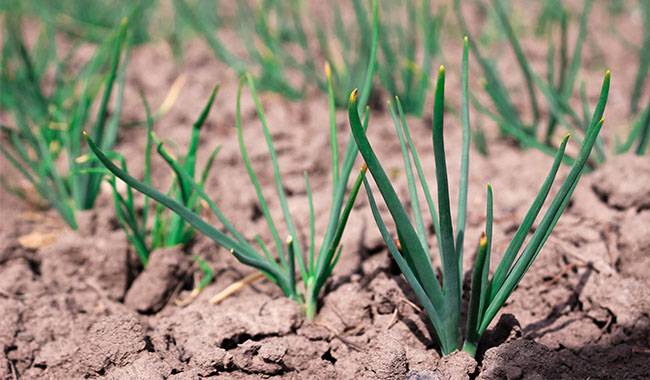
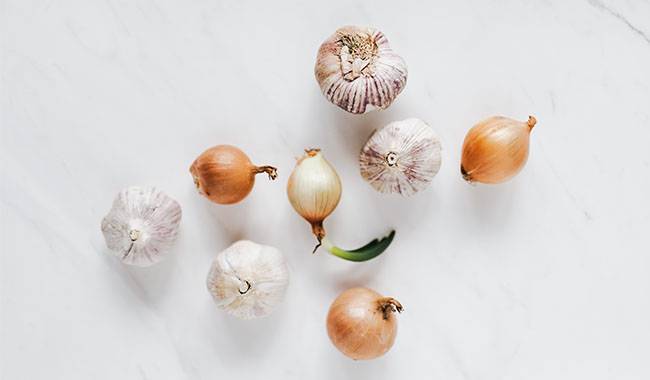
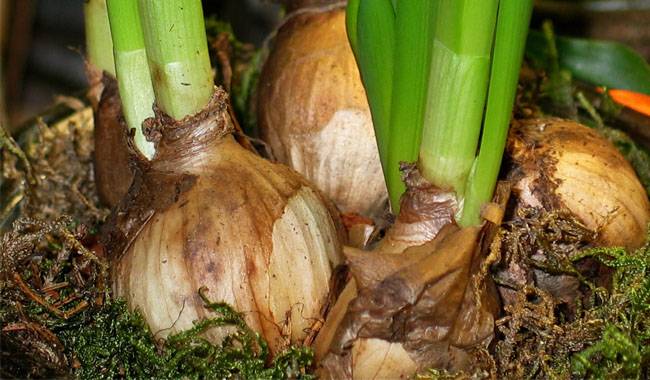
Ganz toller Beitrag! Ich habe alles über die Zwiebelfliege kennengelernt.